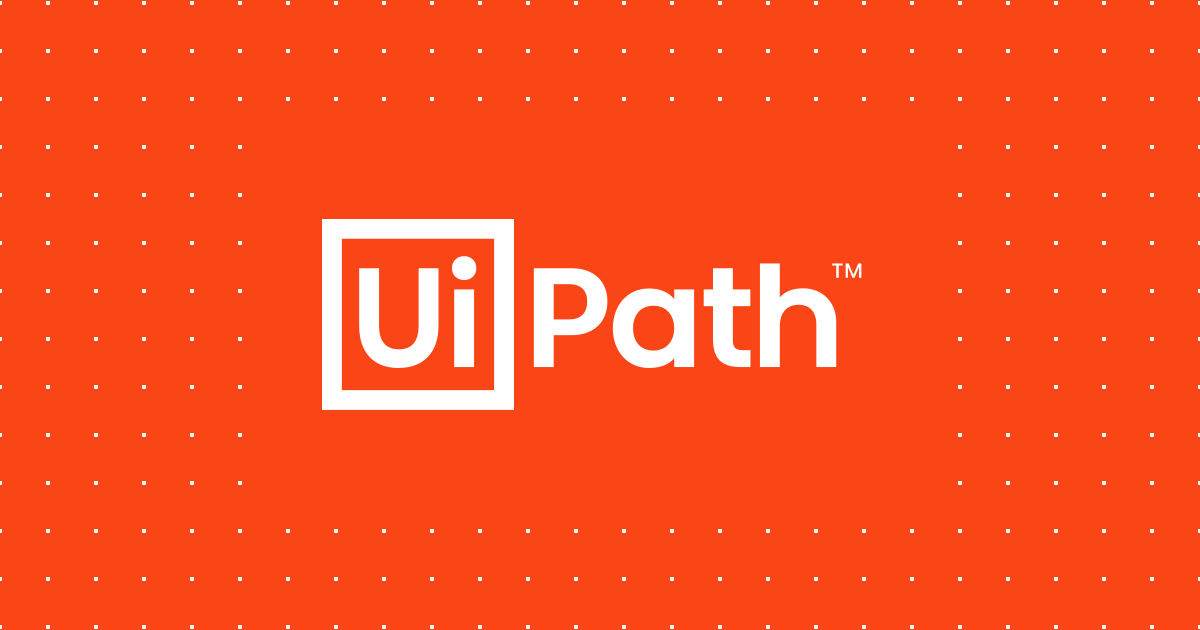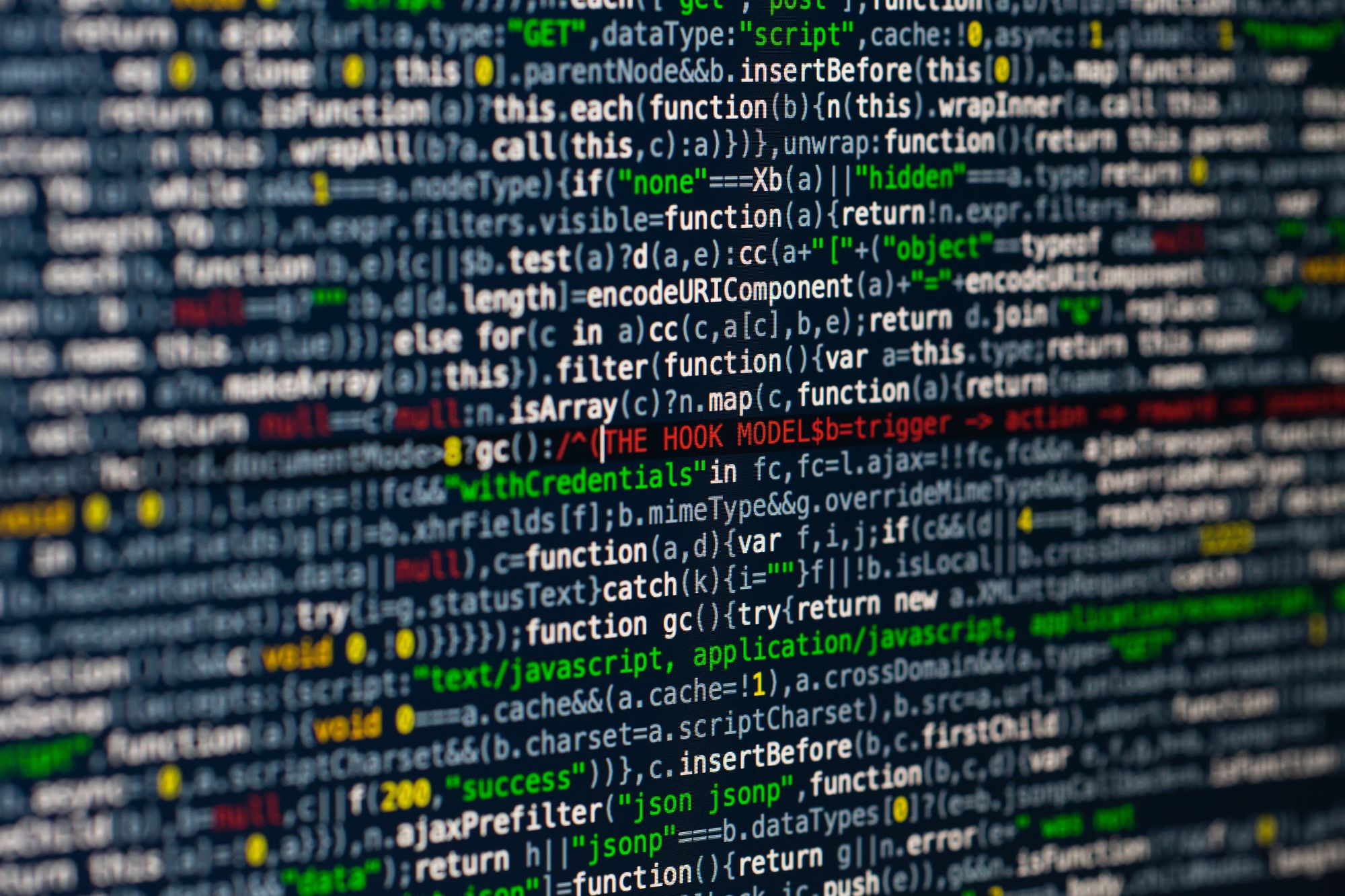A Fast-Growing Tech Champion, Is Its Valuation Sustainable?
UiPath is a software company that develops a platform for Robotic Process Automation (RPA). In simple terms, it monitors user activity to automate repetitive front and back office tasks. It is most commonly used with customer relationship management and enterprise resource planning software.
- The company was founded in 2005 by Daniel Dines and
- Marius Tirca in Bucharest, Romania and was first named “DeskOver”

RAPID RISE
Initially, the company focussed on building automation libraries and software development kits for companies such as IBM, Google and Microsoft. By 2012, the company counted only 10 employees and its future success seemed all but assured. The company’s path changed radically when it pivoted towards a SaaS model and started building a platform for training and orchestrating software robots.
In 2013, the company released the first UiPath Desktop Application which enabled clients to automate repetitive tasks
“DeskOver built automation libraries and software development kits for companies such as IBM, Google and Microsoft, which embedded them in their own products. But it wasn’t until 2012 that the team, which numbered 10 people, realized the market fit with RPA and started putting its resources into building a platform for training and orchestrating software robot” by Georgeta Gheorghe for Business Review
- In 2015, the company received seed funding from Accel Partners and changed its name to UiPath
- By June 2019, Gartner reported that UiPath had moved from the 5th to the 1st place in RPA market share
- UiPath was named a 2020 CNBC Disruptor 50 company, it was also recognized as the fastest growing technology company in the Americas according to FT Americas’ Fastest Growing Companies 2020
- UiPath was also named the top company on Deloitte’s 2019 Technology Fast 500, a ranking of the fastest growing public and private technology companies in North America
AUTOMATING TASKS
UiPath’s vision is to deliver “A Robot for every person” and seeks to empower human workers to allocate more of their time to tasks requiring deeper involvement. Its solutions enable companies to decrease the time spent on tasks by a factor of 10 as humans only intervene to review exceptions that can’t be handled by UiPath’s AI.
Simple, Intuitive, Quickly Deployed: The platform is easy to use and provides an intuitive interface and low-code, drag-and-drop functionality allowing workers throughout an organization to easily leverage the power of UiPath’s automation capabilities
“They are establishing partnerships to integrate their offerings with leading enterprise software providers, including SAP, Oracle, Workday, and Salesforce. By doing this, the goal of these RPA providers is to automate processes more effectively and to help create greater value beyond cost savings.” by Michael Heric, Purna Doddapaneni and Arpan Sheth for Bain & Company
- Resilient Automations: UiPath was built to emulate the actions of a human interacting with applications and systems to execute processes. Their robots can emulate human behavior by leveraging UiPath’s proprietary AI-based computer vision capabilities to adapt and respond to changes in work environments such as interpreting highly varied document types or navigating unstable UIs
- Integrated and Portable AI/ML Models: Customers can extend the capabilities of UiPath by integrating with domain-specific AI/ML models to enhance the outcomes of their automation initiatives. The platform enables companies to easily deploy, manage, and improve AI/ML models built by their customers or third parties
- Accessible Robots: Employees can interact with UiPath’s robots in many of the same ways that they would interact with humans. Some examples include utilizing attended robots on a desktop to help humans complete their work faster, leveraging unattended robots in the background to execute business processes, building applications to indirectly interact with robots, sending emails to robots and interacting with chatbots
By leveraging computer vision and machine learning, UiPath is able to empower software robots to emulate human behaviour and execute specific business tasks. Its robots are then integrated within processes and are purpose-built to be used by employees throughout the company.
SOFTWARE OVERLOAD
UiPath’s success is supported by the rapid proliferation of SaaS and business apps. According to the Wall Street Journal, the number of software applications deployed by large firms had increased by approximately 70% between 2015 and 2019. The Journal also reported that nearly 10% of businesses surveyed had more than 200 applications in use.
- These applications, were generally not designed for interoperability and now run in tandem with long-running, legacy technologies
- Ultimately, this creates a situation where companies are drowning in software and fail to decrease their operating expenses
“For example, human capital management software has been segregated across recruiting, payroll, benefits administration, and other key business functions. As a result, enterprises have transitioned from managing a handful of multi-purpose, largely on-premises applications to managing hundreds and even thousands of specialized point solutions deployed across on-premises, cloud, and hybrid environments” UiPath S1
UNLOCKING EFFICIENCIES
The growing number of apps in use is increasing complexity and limiting technological gains. By relying on UiPath, corporates can exploit their current technology stack more effectively and remain competitive in the face of rising labour costs.
- Improve Current Tech Stack: SaaS applications are now a considerable part of the enterprises’ activities. UiPath provides an additional edge by allowing customers to find efficiencies within existing infrastructure
- Democratization of Automation: The emerging workforce is graduating with advanced technical skills and training in automation. This enables enterprises to implement technology directly into the work of its employees. Leading to considerable savings for the automation of a significant number of use cases, from individual tasks to enterprise-wide processes
- Reduce Labour Costs: In the United States, non-farm real output per hour grew 31% during the decade ended December 31, 2009, but only 13% in the subsequent decade ended December 31, 2019. In order to preserve their growth rate and make their operations more efficient, companies have little choice than automate parts of their processes, certainly in the face of rising labour costs
THE MARKET
According to Research And Markets, the global robotic process automation market is set to reach $ 26B by 2027, growing by a CAGR of 40.6% over the 2020 - 2027 period
- Driven by the organisation’s need to automate structured and repetitive processes to focus on core business activities
- Advances in machine learning have unlocked new possibilities to track employees’ activity and replicate these with robots
“The integration of technology to automate the repetitive task across industries has resulted in accelerated work, reduced human error, and increased throughput. The combination of RPA with cognitive technologies such as speech recognition, machine learning, and Natural Language Processing (NLP) is capable of handling higher-order tasks with Artificial Intelligence (AI) assistance without humans' decision-making capabilities.” by Research And Markets
According to Gartner, the robotic process automation software market reached $ 2B in 2021, rising by 19.5% from 2019
- Driven by the need for companies to improve the efficiency of their processes and improve the speed of their operations
“Enterprises can quickly make headway on their digital optimization initiatives by investing in RPA software, and the trend isn’t going away anytime soon.” Fabrizio Biscotti, research vice president at Gartner
According to IDC, the Intelligent Process Automation market reached $ 17B by the end of 2020 and is expected to grow by 16% each year over the 2020 - 2024 period and reach $30 billion by the end of 2024
“RPA software providers are one example. UiPath, Automation Anywhere, and Blue Prism are each combining RPA with process mining, process discovery, and low-code development tools, resulting in broader hyper automation platforms that more than double the size of their addressable market from $25 billion to about $65 billion.” by Michael Heric, Purna Doddapaneni and Arpan Sheth for Bain & Company
TAKE A BREATH
So… This is a lot of information. Let’s summarise:
- UiPath is a software company that develops a platform for Robotic Process Automation: it monitors user activity on other business software to automate repetitive front and back office tasks
- Its solutions enable companies to decrease the time spent on task by a factor of 10 as humans only intervene to review exceptions that can’t be handled by UiPath’s AI
- The growing number of apps is increasing complexity and costs. By relying on UiPath, corporates can increase efficiencies by exploiting their current technology stack in a better manner and remain competitive in the face of rising labour costs
- The Intelligent Process Automation market reached $ 17B by the end of 2020 and is expected to grow by 16% each year over the 2020 - 2024 period and reach $30 billion by the end of 2024
FINANCIAL CHECK
- Total revenue increased 81% year-on-year and reached $ 607m for the fiscal year ended 31 January 2021, up from $ 336m a year earlier
- Revenue from licenses reached $ 346m versus $ 201m a year earlier
- Revenue from maintenance and support grew to $ 232m versus $ 119m a year earlier
- Cost of revenue increased by only 11% and reached $ 65m versus $ 59m a year earlier
- Operating expenses stood at $ 652m, down 17% year-on-year from $ 794m as the operating margin went from -154% in 2020 to -18% in 2021
- Sales and marketing expenses stood at $ 380m, down from $ 483m a year earlier
- Net loss decreased to $ 92m versus a loss of $ 519m a year earlier
- Current assets stood at $ 734m versus $ 400m a year earlier while current liabilities stood at $ 448m and come from $ 311m a year earlier
BENCHMARK'S TAKE
The Good
- The rapid proliferation of software has created new headaches for corporates and UiPath has designed a solution that enables its customers to automate repetitive tasks in a flexible yet resilient fashion
- It managed to grow its sales by over 80% year-on-year while cutting down on sales and marketing expenses and turning around its operating metrics
- The company now claims the top spot in the fast growing robotic process automation market which could grow by 40% each year over the 2020 - 2027 period
- The group is scoring a 145% Net Dollar Based Retention Rate, which could help it grow while achieving profitability
The Bad
- The company is now trading at more than 55 times sales which could be explained by its improving operating margins, best-in-class gross margins and high growth
Disclaimer
Please note that this article does not constitute investment advice in any form. This article is not a research report and is not intended to serve as the basis for any investment decision. All investments involve risk and the past performance of a security or financial product does not guarantee future returns. Investors have to conduct their own research before conducting any transaction. There is always the risk of losing parts or all of your money when you invest in securities or other financial products.
Credits
Photo by Markus Spiske on Unsplash.






